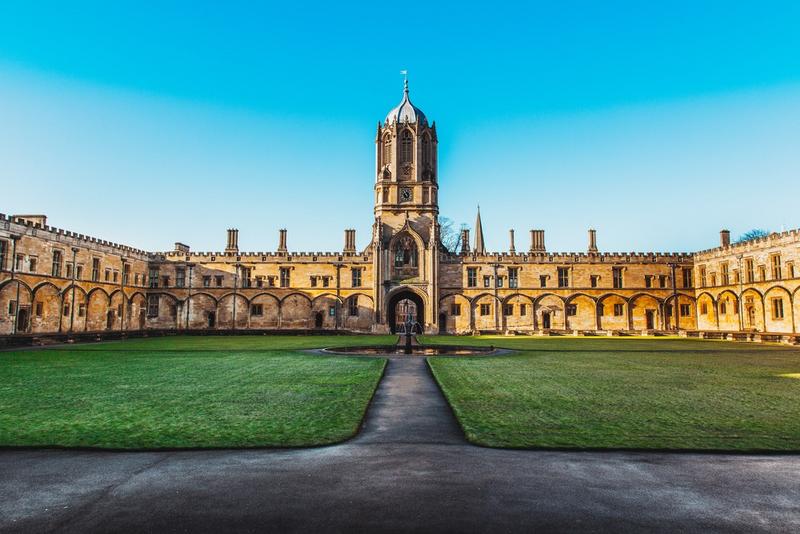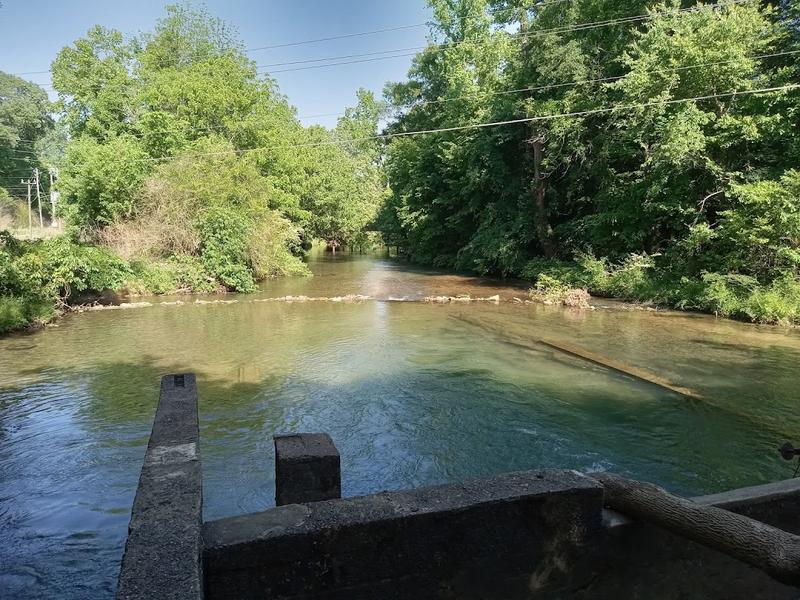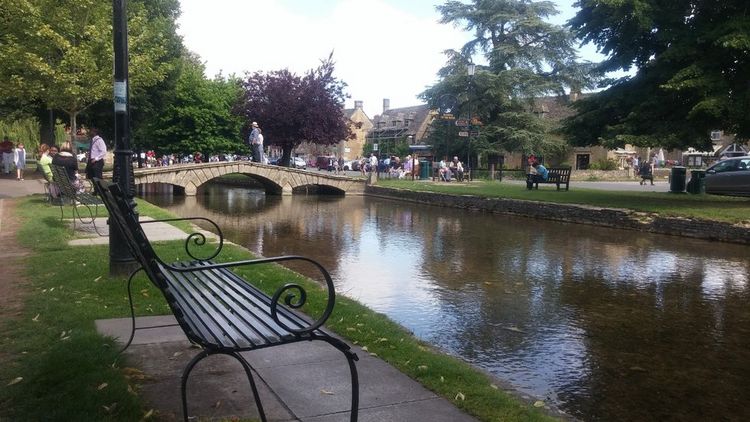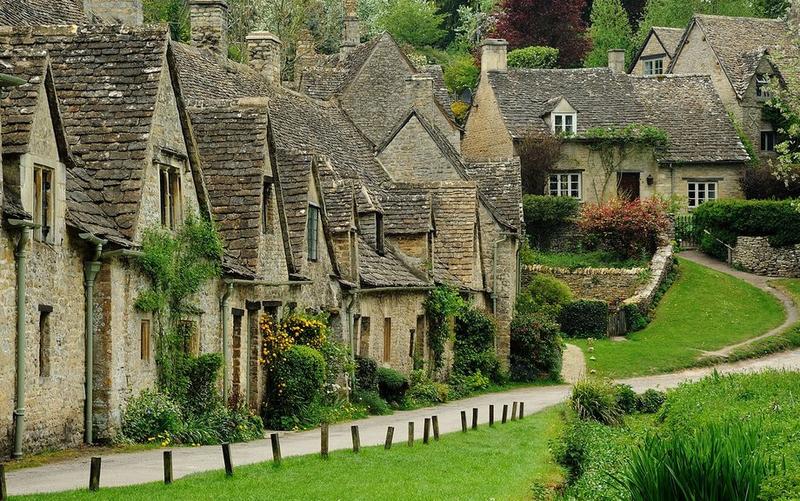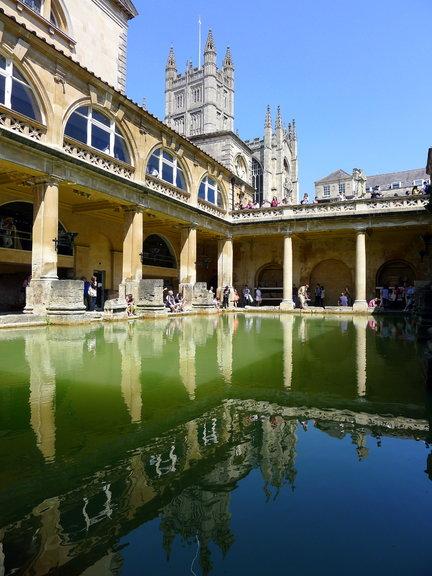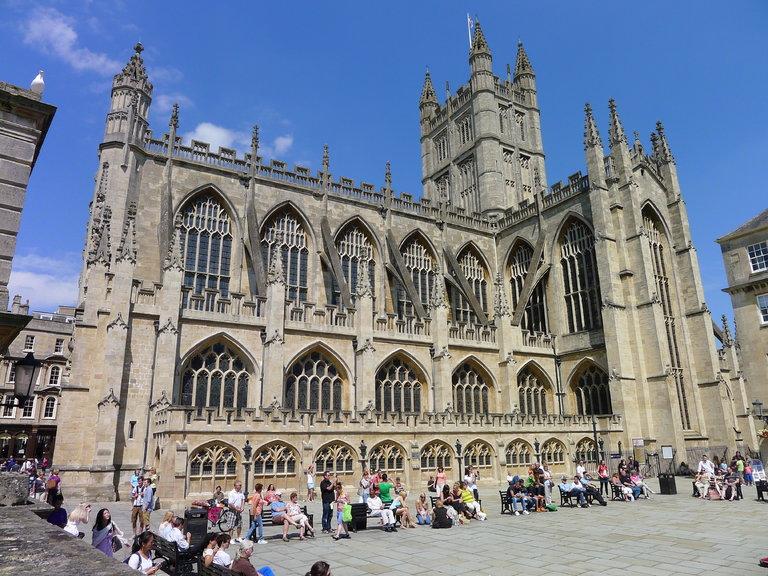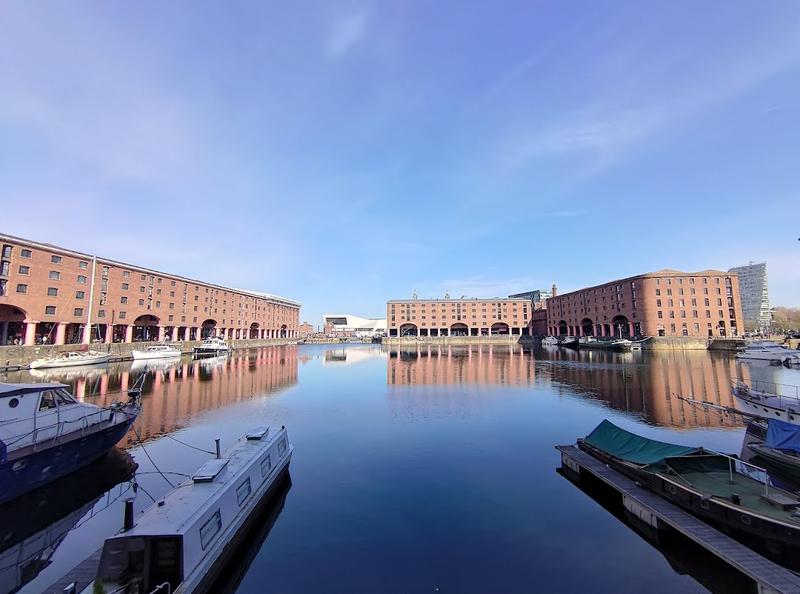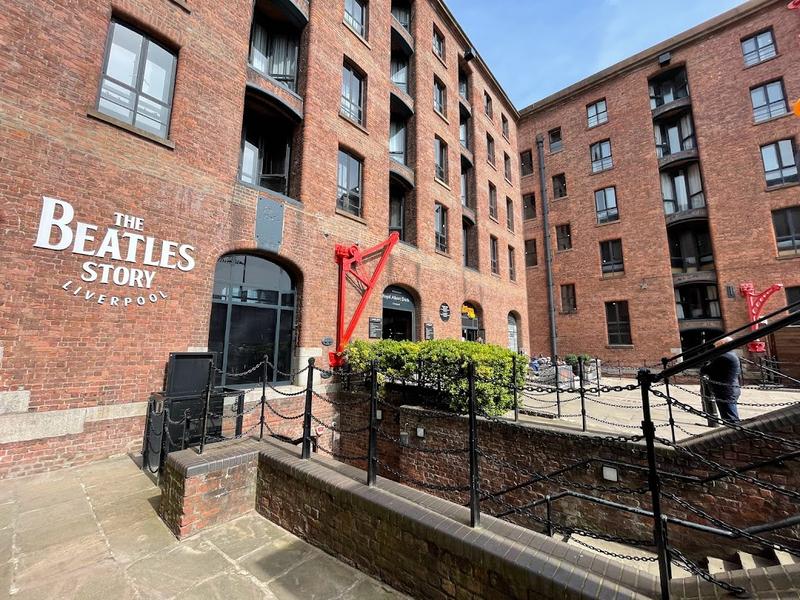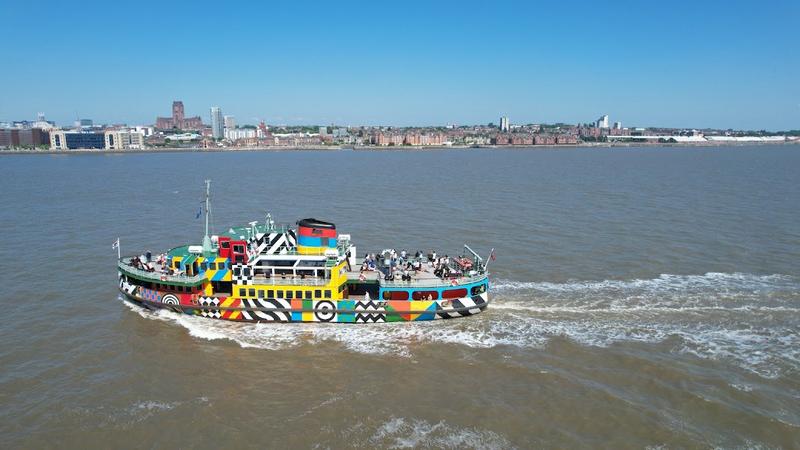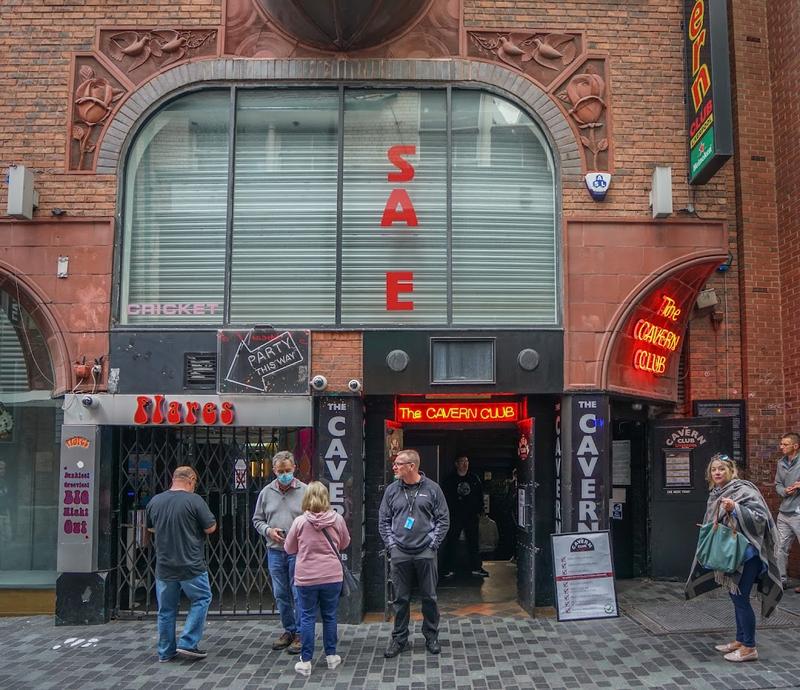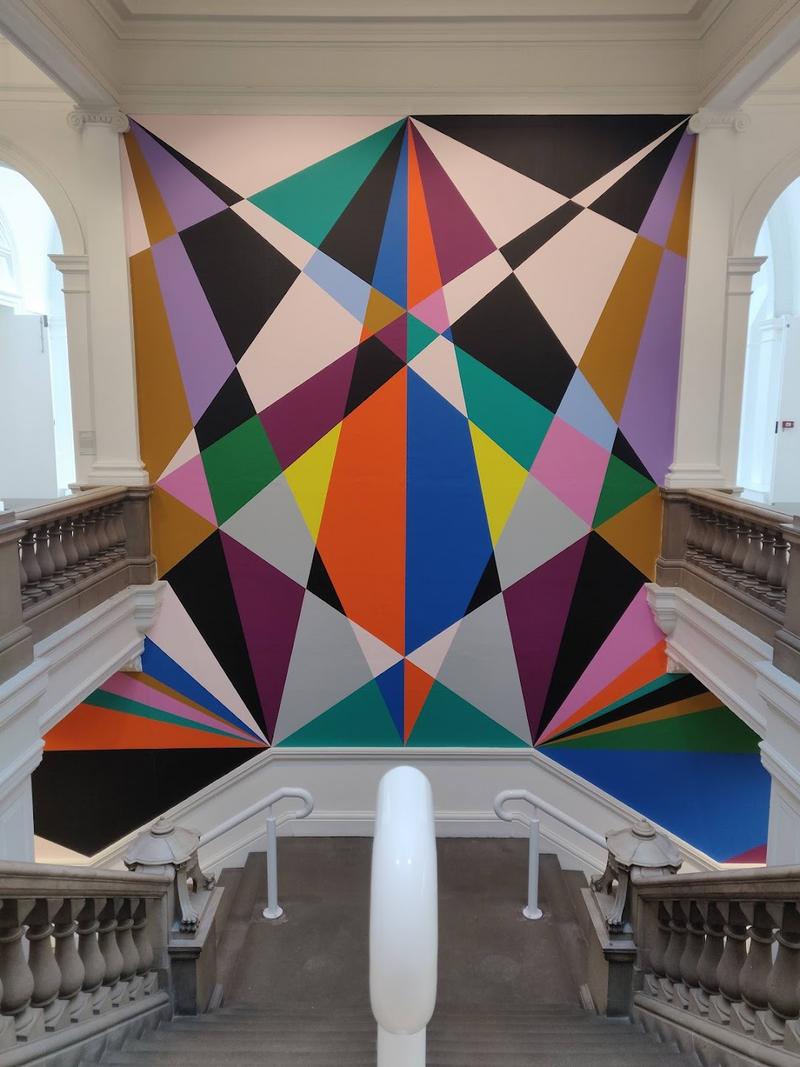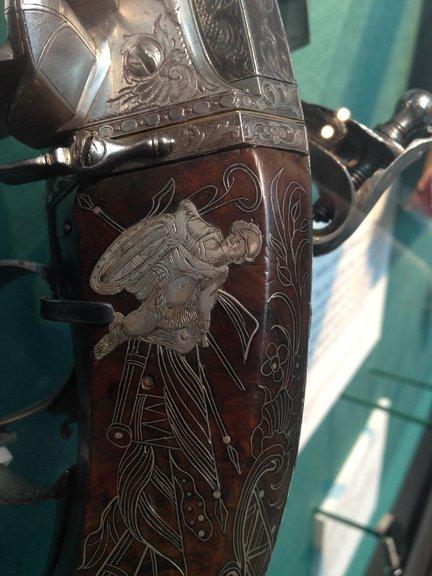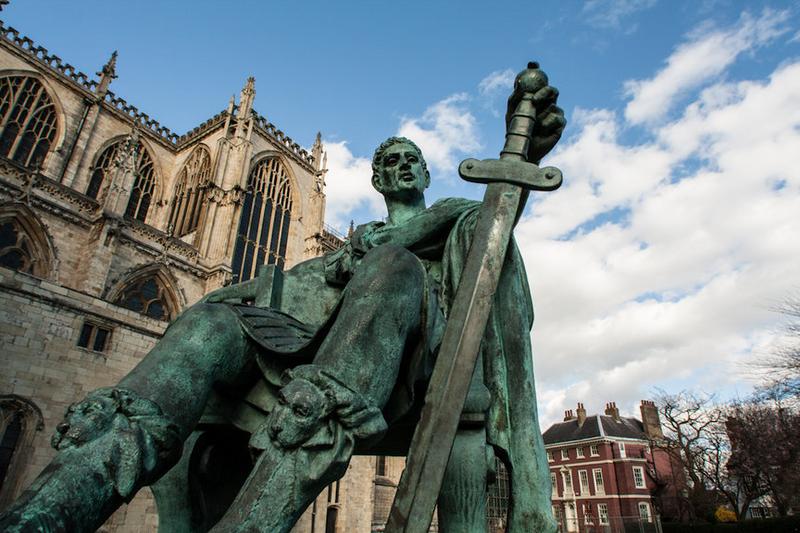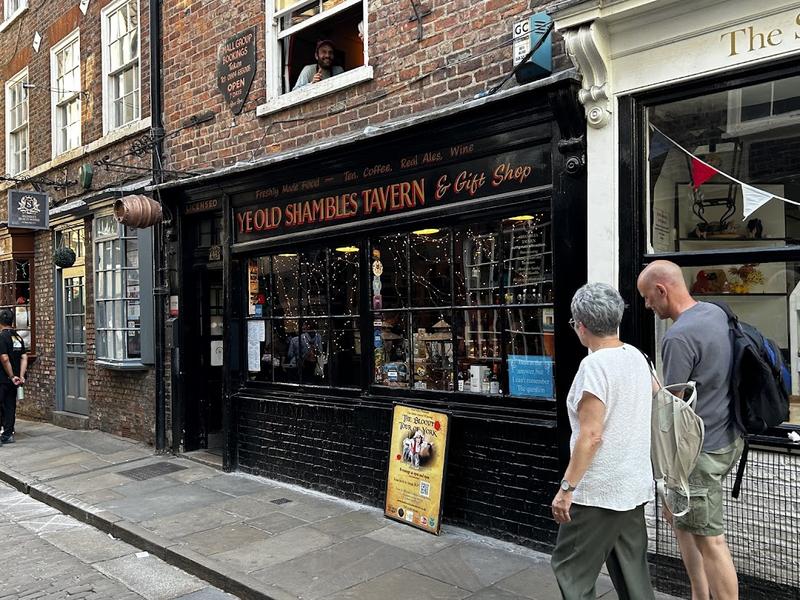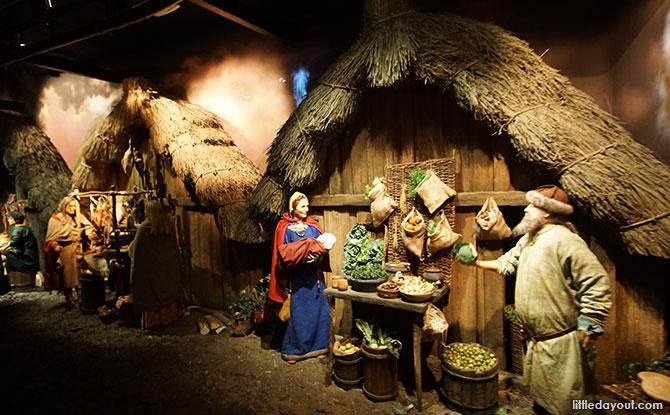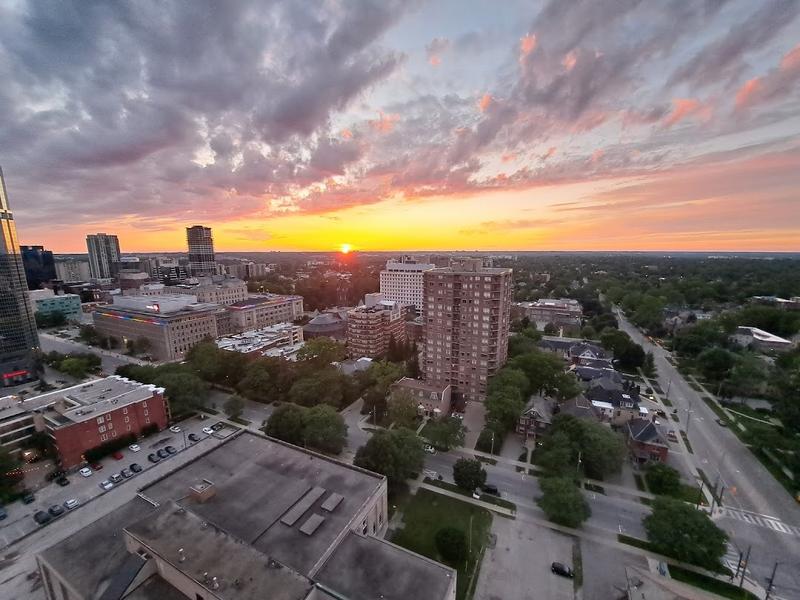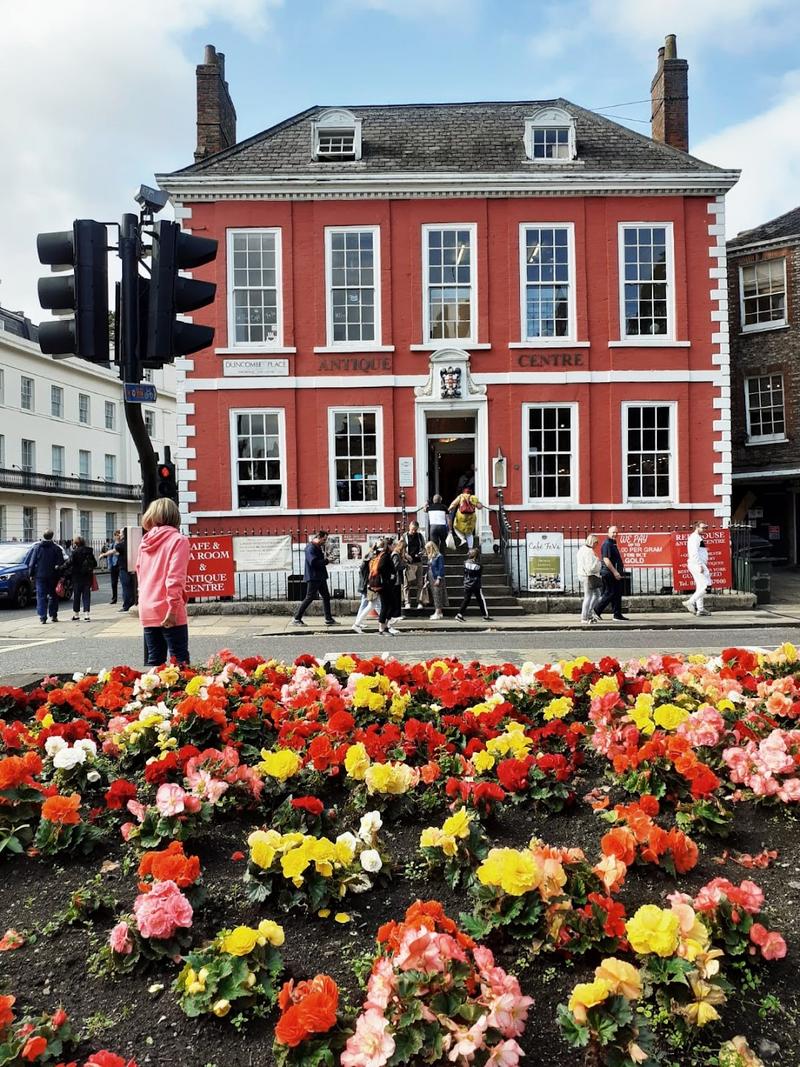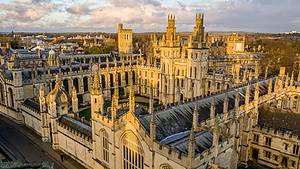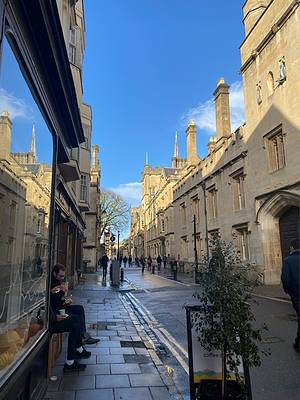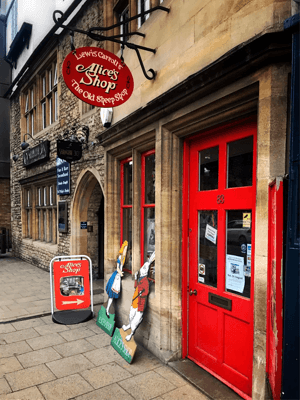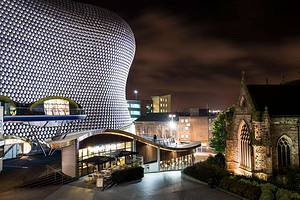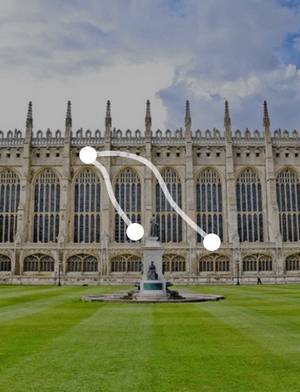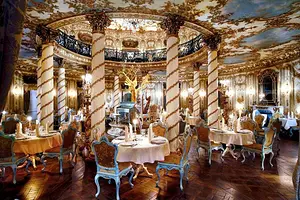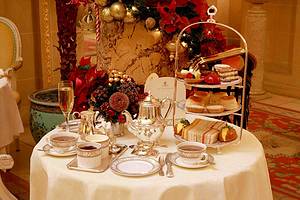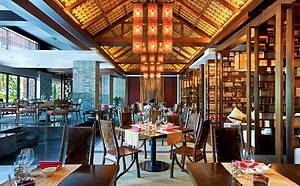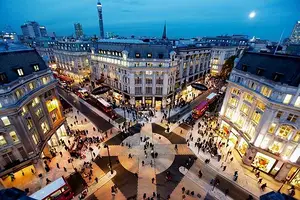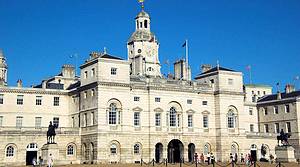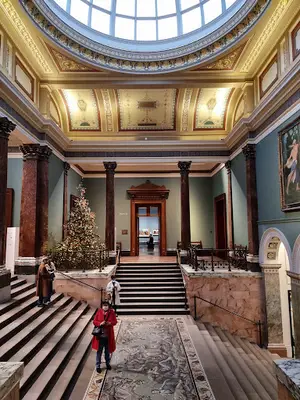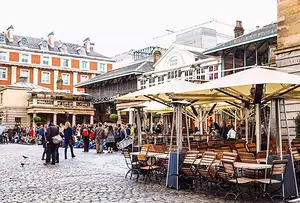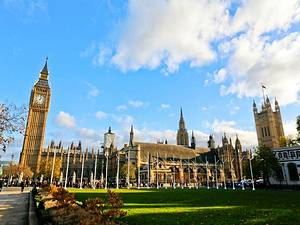Explore Manchester, Leeds & Liverpool!
10 cities |
21 attraction(s) |
total distance 25502
km
 TIPS
TIPS
Day1
Day2
Day3
Day4
Day5
Day6
Day7
Day1: Oxford
1 attraction(s) ·
0 km
1
Venerable university with 38 colleges plus more than 22,000 students and 70 research departments.
Day2: Oxford > Cotswold > Bourton On The Water > Cotswold
5 attraction(s) ·
6816 km
3
The river Windrush runs through the small town of Bourton-on-the-Water in Cotswolds, with five stone arch bridges on its banks, all built with local stone. The oldest of these five bridges is called "The Mill Bridge," established in 1654, located in the western part of the Windrush River. Because of these bridges, Bourton-on-the-Water is known as the "Venice of the Cotswolds."
6
km
5
If you want to experience the charm of English countryside, a visit to Cotswolds, especially Bibury, is highly recommended. Compared to the commercialized Bourton-on-the-water, Bibury has a more tranquil and beautiful atmosphere of an old-fashioned English village. The houses here have a history of over 400 years, arranged along the stream with honey-colored brick cottages and uniquely styled gardens. The stream in front of the houses is also a favorite place for wild ducks to play in. Bibury's beauty is not only unique in the English countryside but also makes it one of the most beautiful villages in the world.
Day3: Bath
4 attraction(s) ·
2 km
1
Bath is an ancient city located in southwestern England, just 100 miles from London. It is renowned as England's most beautiful city and is a UNESCO World Heritage city. The Roman Baths are Bath's most famous and widely recognized attraction, serving as a popular museum.
Legend has it that in the 1st century AD, when Britain was still within the Roman Empire, a prince named Bladud contracted leprosy and was exiled to the countryside to tend to his sheep. He discovered a curious-smelling mud hole where the pigs and other animals would roll, and he began to bathe in its mineral-rich waters. Gradually, the warm springs cured him, and his skin became smooth. When Bladud became king, he ordered the development of the hot springs, constructing Roman-style baths and temples, and people would bathe several times a year.
The Roman Baths were built around the hot springs, which gush out at a rate of 1.27 million liters per day from a depth of 3,000 meters below the surface. The temperature averages 46.5 degrees Celsius year-round. In the 18th century, a statue of the goddess Minerva was discovered, reviving the Roman Baths once again. The site contains several pools, a swimming pool, and heated rooms, all surrounded by sculptures and railings. The museum displays precious relics such as the ruins of ancient city walls and Roman period stone carvings and sculptures. Adjacent to the site is a water pump house for use in brewing mineral water tea.
By visiting Bath, you can explore the splendor of the ancient Roman era and learn about the history and culture of this city through these landmarks.
1
km
2
Bath Abbey is a historically significant church located in the center of Bath, England. The building's façade is light yellow and it is built with typical Bath stone. The church was first built in the 7th century and has undergone numerous reconstructions, fires, and restorations. It wasn't until the 16th century that the church was completed in its final form, with a predominantly Gothic architectural style and grand appearance. The church has a cruciform floor plan and can accommodate 1200 people.
1
km
3
Royal Crescent is located 200 meters west of the circular building. The crescent-shaped Georgian terrace consists of 30 residential buildings built between 1767 and 1774, facing the vast lawns of Royal Victoria Park. These residences were designed by architect John Wood the Younger and have been rented out by the wealthy and famous for centuries, gaining much attention and almost never being sold. Today, Royal Crescent remains extremely popular.
1
km
4
Modern glass-&-stone spa with thermal waters, Roman origins & an open rooftop swimming pool.
Day4: Liverpool > Birkenhead
4 attraction(s) ·
2 km
1
Waterfront area with renovated red-brick dock buildings housing museums, restaurants, cafes & bars.
1
km
2
The Beatles' lives and times told through memorabilia, interactive exhibits and high-tech displays.
1
km
3
Embarkation point for sightseeing boat rides of the Liverpool waterfront, plus commuter ferries.
1
km
4
Intimate, brick vaulted cellars with 1960s memorabilia, hosting live tribute acts day & night.
Day5: Leeds
2 attraction(s) ·
2 km
1
Large collection of 20th-century art with mixed media displays, crafts workshops & a cafe.
2
km
2
The museum is a microcosm of struggle and self-defense in British history. From the perspective of exhibits, various exhibits are collected in the museum, including movies, live performances, etc. Visitors can explore various technologies through practice. All these exhibits will arouse your previously unimaginable strong interest.
Day6: York
3 attraction(s) ·
1 km
1
York Minster, also known as the St. Peter's Cathedral, is one of the largest surviving medieval churches in Europe, as well as one of the most exquisite in terms of architectural design. The church was established in 627 AD as a completely wooden structure, but was destroyed during the civil war. In 1060, the Normans ruled the York region and built the first Norman church, with the foundation stone and basement of the church still visible today.
1
km
2
Quaint, popular spot with a locally focused menu of craft beer and pub fare, plus outdoor seating.
1
km
3
A fully reconstructed Viking village complete with the sights and smells, and an adjoining museum.
